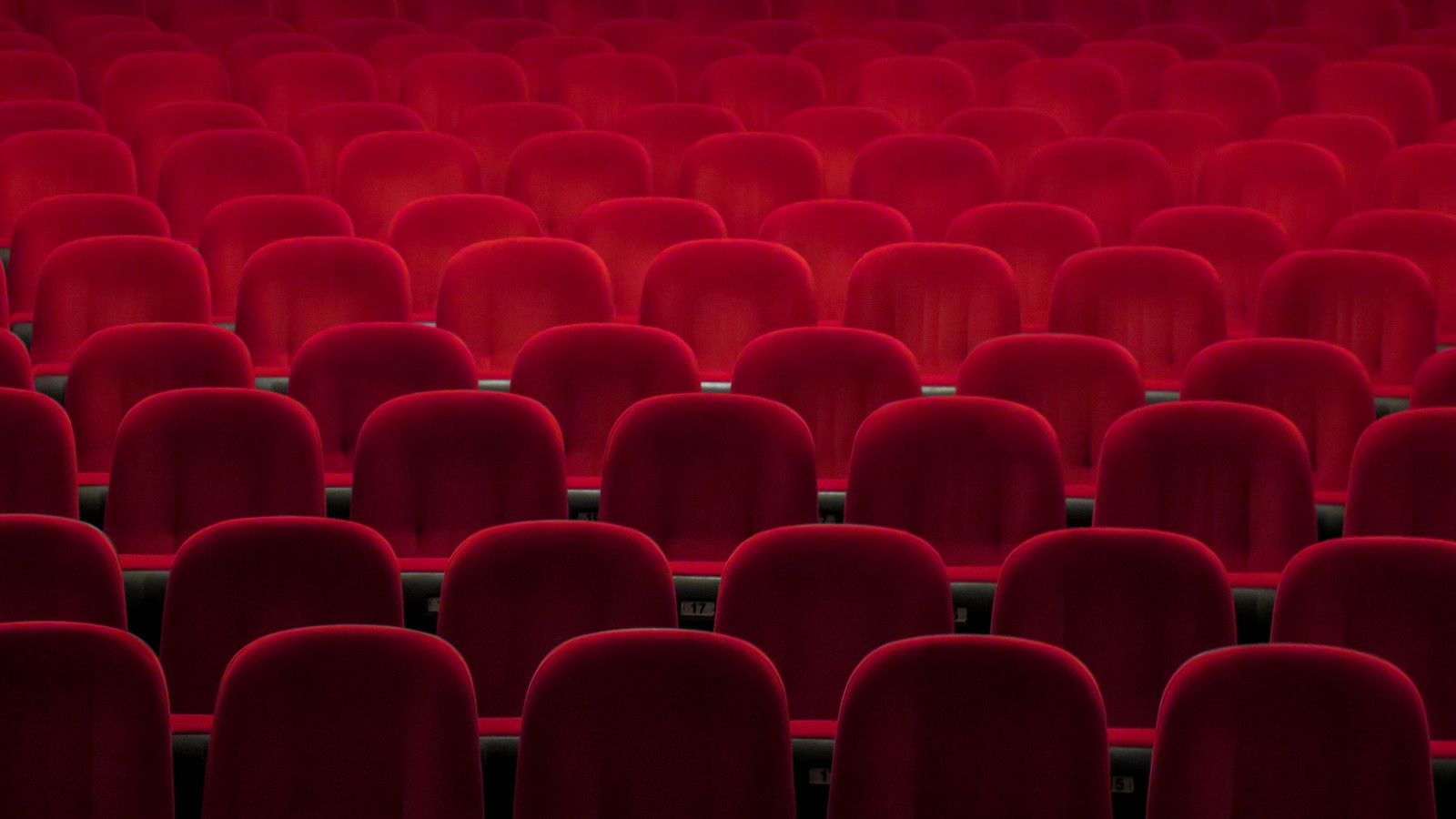The first virtual Oscars makes the Academy Awards look a lot like the real world

Photo: Denise Jans

Yesterday saw the 93rd Academy Awards take place. Better known to the movie-consuming public as the Oscars, the 2021 ceremony was ground breaking in a number of crucial ways. Despite being held (as ever) in LA, the twin venues of Union Station and Dolby Theatre were the COVID-complaint hubs of the first ever virtual Academy Awards ceremony, making the prestigious Oscars join the long list of live events which are now performed primarily in the digital ether. This was fitting for a year that has seen unprecedented rolling global lockdowns in response to the global COVID-19 pandemic, and the culmination of a year of a digital entertainment boom where entertainment time has increased by 12%.
The bigger long-term story for the Oscars is the modification of the eligibility criteria to account for films originally intended to have a theatrical release, but which were ultimately released directly to streaming services. Although presented as a temporary pandemic response measure, as MIDiA has identified in its Broken Windows report, the pandemic responses to save the film industry are accelerating long-term trends towards streaming-first film consumption.
Film audiences are now streaming audiences
As the recent film release moves by D2C disruptors Disney+, HBO Max, and the streaming incumbent response led by Netflix demonstrate, on-demand movie releases are now the cornerstone of the streaming proposition. This is due to two key aspects of the film format. Firstly, it is focused on delivering mainstream entertainment, with the majority of movie content being released by the streaming services centred on four-quadrant filmmaking (with key aspects of the film appealing to under 25s, over 25s, males, and females).
Featured Report
India market focus A fandom and AI-forward online population
Online Indian consumers are expected to be early movers. They are high entertainment consumers, AI enthusiasts, and high spenders – especially on fandom. This report explores a population that is an early adopter, format-agnostic, mobile-first audience, with huge growth potential.
Find out more…Secondly, and arguably more importantly, the two-hour-plus film format allows a complete narrative arc to be played out in one sitting – a feature with strong appeal as we start to transition from peak attention into an attention-recession, following the opening up of ‘in real life’ (IRL) alternatives to the enforced digital consumption of the preceding 12 months. So, while binge-worthy scripted drama engagement may start to decline over the next 12 months, film consumption will continue to hold its own. This makes going back to the pre-streaming, theatrical-release-first era increasingly untenable for the studios, most of which are additionally owned by D2C video operators keen to retain newly-won subscribers.
The demographic awakening of the Oscars in the streaming era of film consumption
The other big takeaway from a night of digital film glamour was the increasing normalisation of the talent and content now being officially celebrated. A night of firsts for recognising movie professionals who increasingly look like the world they are capturing with their art form was perhaps best encapsulated by two people: Chloe Zhao and Anthony Hopkins. Chinese-born and raised Zhao won the Best Director Oscar for her gritty depiction of the transient e-commerce worker of middle America in Nomadland. Welsh-born Hopkins, at the age of 83, has become the oldest person to win an Oscar. With the world’s largest box office currently the People’s Republic of China (PRC), and with Silver Streamers now making up the largest demographic of binge viewers in the US, Zhao and Hopkins in their own distinct ways both represent the future of film.
With the IRL hiatus increasingly behind global film audiences, the 2021 Oscars is likely to be seen as the year that the film industry finally recognised both where it is, and where it is heading.

The discussion around this post has not yet got started, be the first to add an opinion.